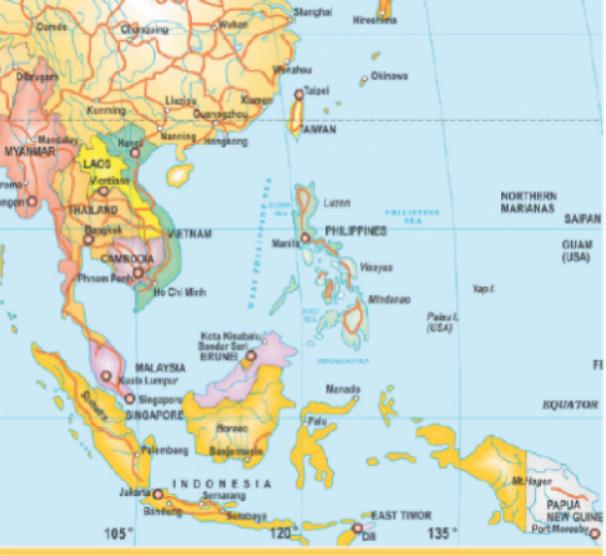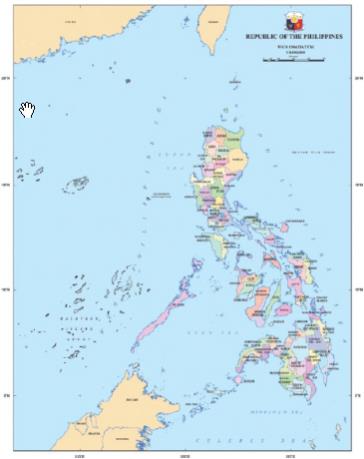Producer Price Index
In 2016, the producer price index recorded average deflation of 4.8%, a lower rate of deflation than the average deflation rate of 6.7% recorded in 2015. The price indices for petroleum products, wood and wood products, electrical machinery and furniture and fixtures contracted by 9.2%, 2.7%, 4.0% and 17.3%, respectively, in 2016, compared to a contraction of 21.0%, 18.7, 15.8% and 27.2%, respectively, in 2015. The price indices for footwear and wearing apparel, leather products, publishing and printing, rubber and plastic products, basic metals and transport equipment also recorded contractions during 2016.
In 2017, the producer price index recorded average deflation of 0.9%, a lower rate of deflation than the average deflation of 4.9% recorded in 2016. The price indices for petroleum products, iron and steel, basic metals, machinery excluding electrical and non-ferrous metals, posted average inflation of 15.4%, 7.7%, 3.7% and deflation of 2.6% and 0.3%, respectively, in 2017, compared to deflation of 9.2%, 4.8%, 8.2%, 16.3% and 11.9%, respectively, in 2016. The price indices for fabricated metals, cement, leather products and non-metallic mineral products contracted by 38.1%, 15.3%, 16.3% and 6.4%, respectively, in 2017, compared to deflation of 6.3%, inflation of 1.8%, deflation of 3.8% and inflation of 2.6%, respectively, in 2016. The price indices for food manufacturing, beverages, textiles, furniture and fixtures, paper and paper products, chemical products (excluding plastic products), miscellaneous metallic mineral products and miscellaneous manufacturing also recorded contractions in 2017.
In 2018, the producer price index recorded average inflation of 0.7%, a reversal from the average deflation of 0.9% recorded in 2017. The price indices for beverages, tobacco and non-metallic mineral products posted average inflation of 14.7%, 41.2% and 7.7% in 2018, respectively, compared to an average deflation of 1.1%, an average inflation of 8.9% and an average deflation of 6.4% in 2017, respectively. The price indices for leather products, furniture and fixtures and fabricated metals posted average deflation of 8.7%, 4.6% and 8.3% in 2018, respectively, compared to an average deflation of 16.3%, 20.2% and 38.1% in 2017, respectively.
In 2019, the producer price index recorded average inflation of 1.6%, an increase from the average inflation of 0.7% recorded in 2018. This was primarily due to increases in the producer price indices for furniture and fixtures, which posted an average inflation of 58.0% in 2019, marking a significant reversal from average deflation of 5.5% in 2018. Producer price indices for rubber and plastic products and for rubber products likewise increased, from average deflation of 4.5% and 0.9%, respectively, in 2018 to an average inflation of 4.5% and 3.5%, respectively, in 2019.
In the first seven months of 2020, the producer price index recorded average deflation of 4.3%, compared to an average inflation of 2.5% recorded in the first seven months of 2019. This was primarily due to declines in the producer price indices for textiles and paper and paper products from an average inflation of 1.2% and 1.9%, respectively, in the first seven months of 2019 to an average deflation of 3.4% and 8.3%, respectively, in the first seven months of 2020. The producer price indices for most other major industry groups likewise decreased during this period.
D-53

